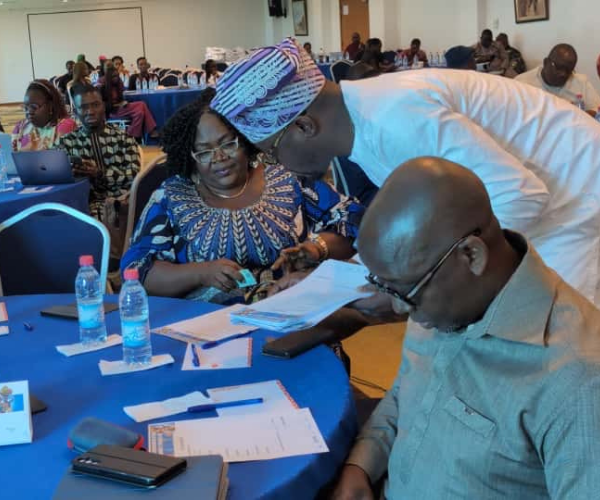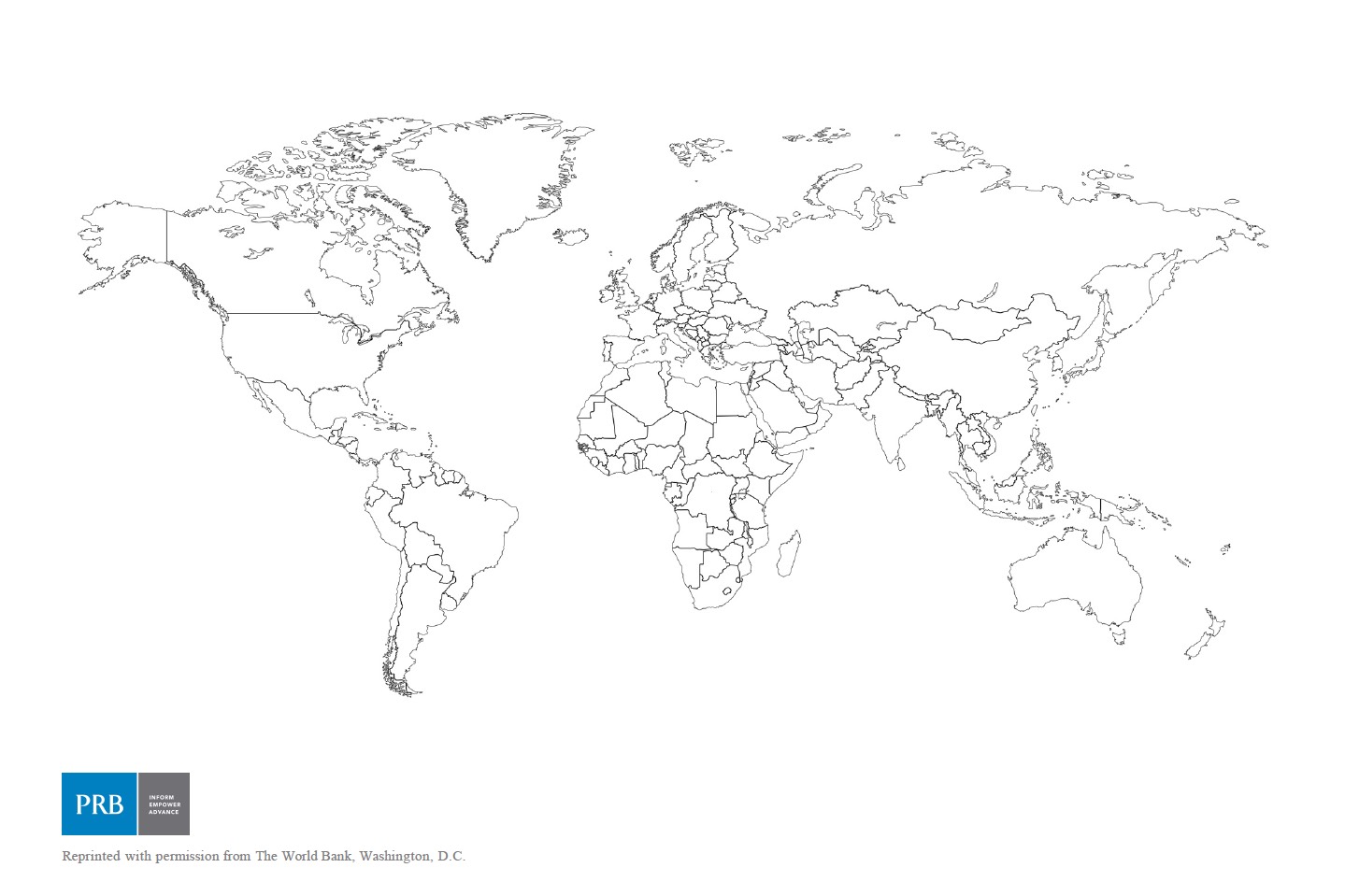Report. Population and Water Scarcity in the Middle East and North Africa (Arabic)
(2002) The Middle East and North Africa (MENA)* is the most water-scarce region of the world. Home to 6.3 percent of the world's population, the region contains only 1.4 percent of the world's renewable fresh water.







